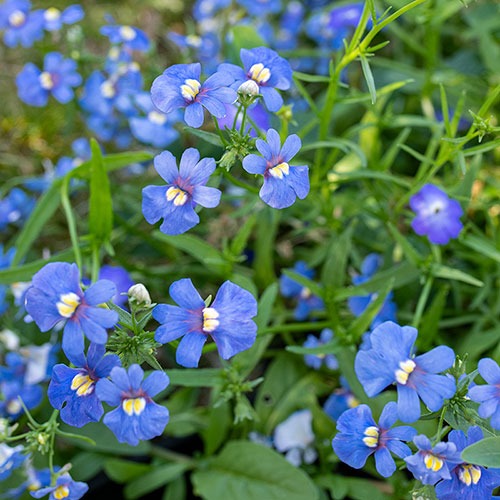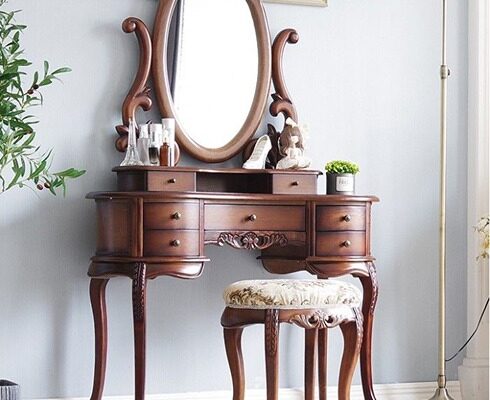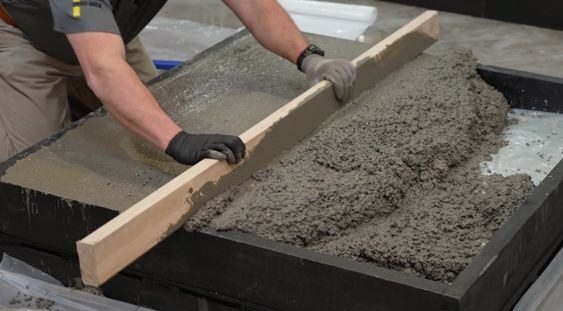How to Plant and Grow Nemesia: Fine Tips
The annual nemesia, once a beloved plant found in cottage gardens and traditional settings, lost popularity due to its challenging growth in warm climates. However, breeders have successfully developed new varieties of nemesia that are resilient enough to thrive throughout the summer and continue blooming into the fall, particularly in mild climates.
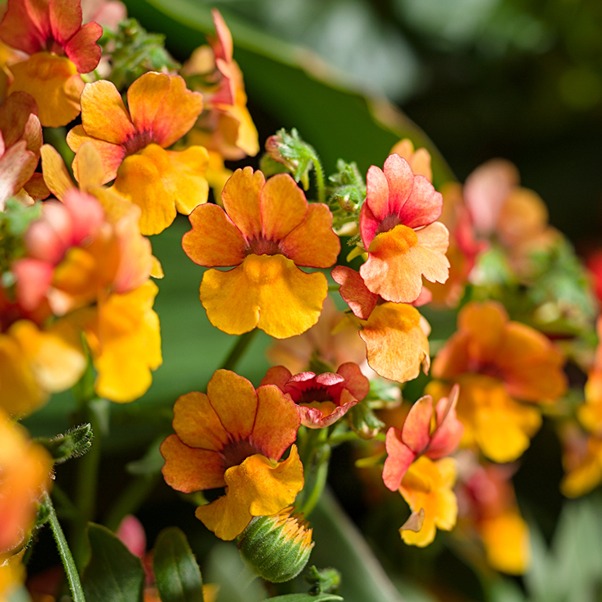
Nemesia is considered hardy in Zones 9-11, making it suitable for perennial cultivation in these regions. It serves as a vibrant and visually appealing addition to any cool-season garden, thanks to its extensive array of colors. With the exception of green, nemesia blooms come in nearly every imaginable color, allowing for effortless customization and coordination with other plants. Moreover, numerous nemesia varieties showcase bicolor blooms that resemble miniature orchids when observed up close.

Ideal Planting Spots
Select a spot for planting nemesia that offers well-draining and nutrient-rich soil, while providing partial shade. This versatile plant’s rapid growth makes it a fantastic choice for containers and hanging baskets, as it gracefully cascades over the edges. For an added bonus, plant nemesia near seating areas, allowing you to relish in its delightful and delicate fragrance.
Nemesia brings forth its charm when placed at the forefront of a garden bed and can be allowed to grow freely as a woodland plant. The shorter varieties of nemesia create a captivating groundcover effect and make for attractive edging plants. Additionally, nemesia injects vibrant bursts of color into rock gardens, enhancing their visual appeal.
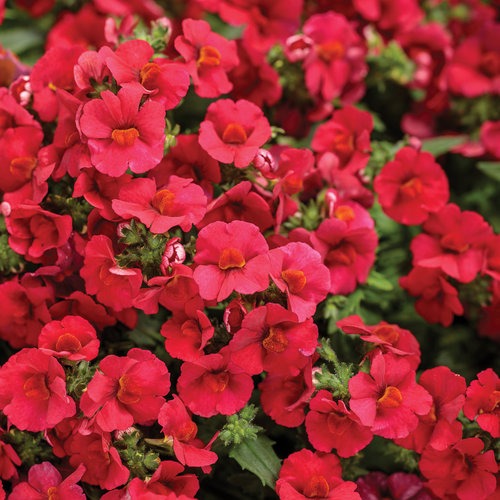
Planting Methods and Timing
While it is possible to obtain nemesia plants ready for immediate planting from most nurseries, you can also opt to grow its flowers from seeds. If starting from seeds, it is recommended to initiate the germination process indoors. Once the seedlings have sprouted, you can transplant them outdoors when temperatures start to rise during spring in colder climates. Conversely, in warmer climates, it is advisable to transplant the seedlings outdoors during the fall season.
For planting nursery-grown starts, begin by digging a hole that matches the width and depth of the planting container. Carefully remove the plant from the container, ensuring to loosen the roots slightly from the root ball. Place the plant in the prepared hole and backfill it with soil, gently pressing down. Remember to water the newly planted nemesia thoroughly. To ensure proper spacing and growth, it is recommended to plant the nemesia starts approximately 4 to 6 inches apart. Applying a layer of mulch around the plants can help protect them from extreme weather conditions.
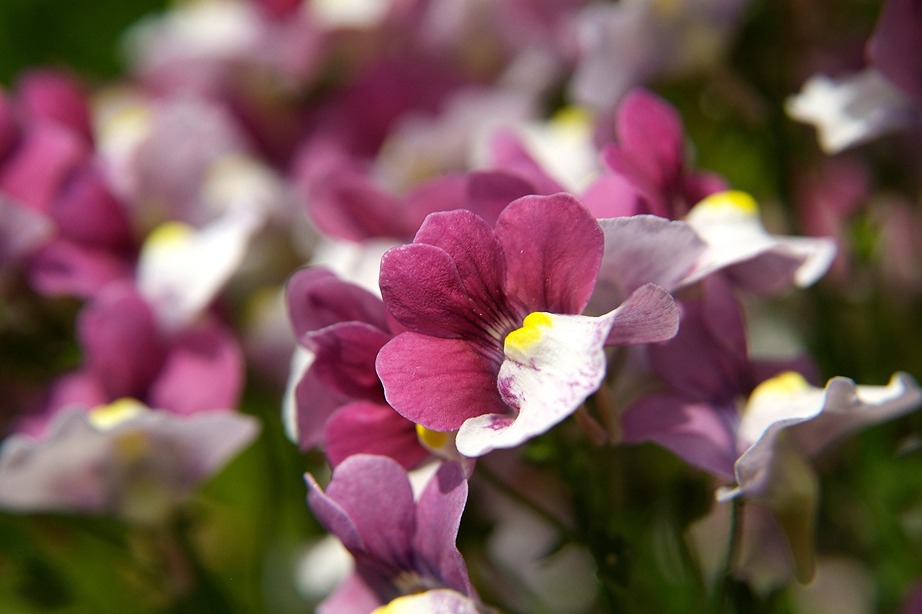
Tips for Caring
Nemesias are wonderfully low-maintenance plants that require minimal effort to thrive.
Light Requirements
To maximize flower production, it is advisable to cultivate nemesias in areas with ample sunlight. While full sun exposure is ideal, providing a little afternoon shade can potentially prolong the blooming period.
Soil and Watering
Ensure that your nemesias are planted in soil that is rich in organic matter and well-drained. Anything less than optimal drainage can lead to the plants rotting. Additionally, nemesias appreciate consistent moisture levels. It is crucial to water them regularly, particularly during the hot summer months, if you intend to keep them flourishing until fall.
Temperature and Humidity
Considerations Nemesia plants exhibit a profusion of flowers when the temperatures are mild, often covering the foliage with their vibrant blooms. However, once nighttime temperatures consistently exceed 70 degrees Fahrenheit, the flowering tends to diminish. This is particularly true for older nemesia varieties, as they are more susceptible to heat sensitivity. Nemesia generally thrives better in cooler and drier climates compared to humid ones.
Fertilization
To support the growth, it is recommended to provide them with a balanced time-release fertilizer during the spring season. Alternatively, you can opt for a water-soluble fertilizer applied twice a month while the plants are actively growing. Additionally, when pruning nemesia to encourage rejuvenation, it is beneficial to administer a dose of fertilizer. For precise application amounts, it is advisable to follow the instructions provided on the fertilizer product label.
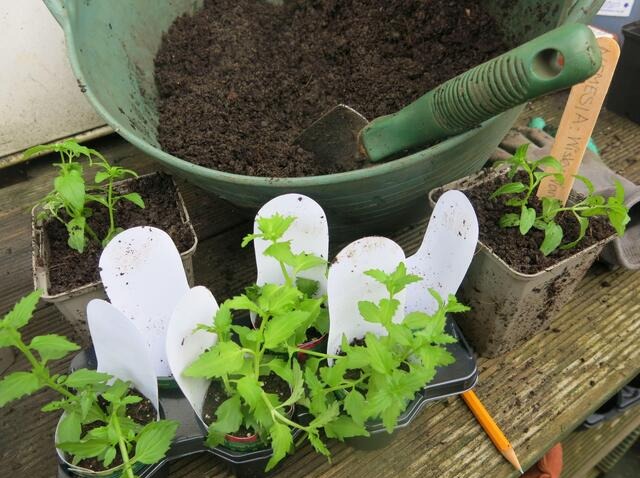
Pruning Guidelines
To promote new growth, it is advisable to deadhead nemesia plants immediately after they finish blooming. At the conclusion of the growing season, if you are cultivating nemesia as annuals, it is recommended to remove the plants from the garden. However, if you are growing them as perennials, trim them back as much as possible to prepare them for the winter period.
During the growing season, if you notice the plants starting to lose their blooms and becoming somewhat untidy in appearance, it is beneficial to perform a thorough shearing. This process involves trimming the plants back significantly to shape them and encourage a fresh burst of new growth and subsequent blooming.
Potting and Repotting
For optimal growth, it is recommended to cultivate nemesia in containers using a lightweight potting mix that contains peat. Choose a spacious container that provides sufficient drainage to ensure the health of the plant. Water as soon as the top layer of soil becomes dry, maintaining adequate moisture levels.
Nemesia is ideally suited for outdoor container gardening. If you are growing it as an annual, there is generally no need to repot the plant during the growing season. However, ensure that the container size is appropriate for the plant’s growth and development.
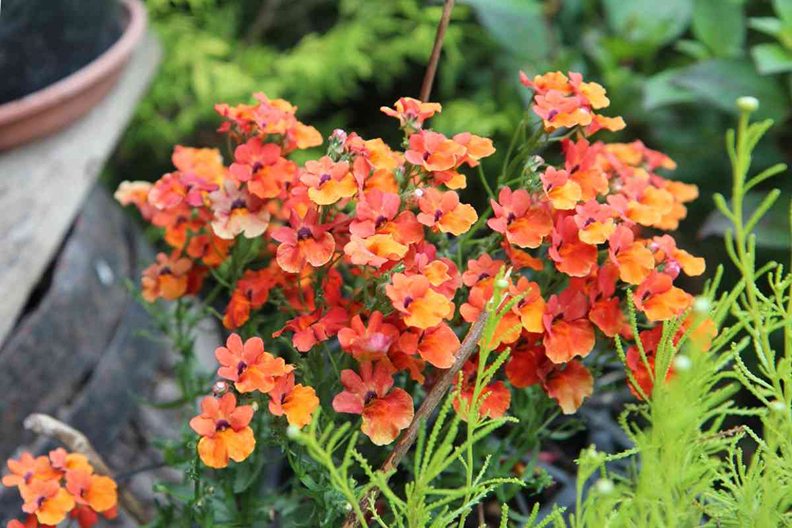
Pests and Issues
The primary concern when it comes to nemesia plants is the occurrence of root rot, which can arise from excessive watering or inadequate drainage. An indication of root rot is when the stems of the plant droop or collapse to the ground.
To prevent the development of powdery mildew, it is important to provide ample space around the plants for proper air circulation. Additionally, it is advisable to water the plants at their base rather than from above. By following these practices, you can minimize the risk of powdery mildew affecting your plants.
Propagating: Step-by-Step Process
There are two primary methods for propagating nemesia plants, whether they are annuals or perennials.
Propagation through Stem Cuttings
- In late summer, select healthy 4- to 6-inch stem cuttings from the nemesia plant.
- Remove the leaves from the lower half of the cutting and dip the cut end into rooting hormone.
- Prepare small pots filled with a soilless planting mix, and place the cuttings into the pots.
- Cover the pots with clear plastic to create a greenhouse-like environment for the cuttings.
- Once the cuttings have developed roots and new growth has emerged, plant them outdoors after the final frost of spring.
- It is important to note that stem cuttings are the most reliable way to successfully propagate hybrid nemesia plants. However, many non-hybrid varieties can be grown from seeds.
Propagation through Seeds
- Start by sowing nemesia seeds indoors, approximately 4 to 6 weeks prior to the last expected frost in spring.
- Fill a container with seed-starting mix and scatter the seeds on the surface.
- Gently press the seeds into the mix, ensuring they are lightly covered.
- Place the container in a cool location that receives bright light without direct sun exposure.
- Keep the soil consistently moist until new growth emerges.
- Once the seedlings have grown sufficiently, transplant them into individual 3-inch pots.
- As the seedlings continue to grow, pinch them back a couple of times to encourage compact and bushier growth.
